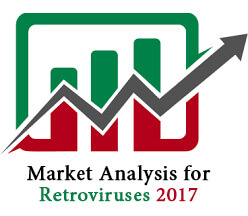
A.F. Nazarova
Institute of Ecology and Evolution of the Russian Academy of Sciences, Russia.
Title: The genetic relationship of the finnish-ugric, slavic and germanic populations according to genetical and anthropological data
Biography
Biography: A.F. Nazarova
Abstract
The calculation of genetic distances of 55 human populations belonging to four great human races considering loci of proteins, enzymes and blood groups, and construction the dendrogram of this populations distinguished some relationship of German, Slavic and Finnish-Ugric populations. So, Russians are in one subcluster with Poles, Iranians, Komi, Chuvashes, Udmurtians, Nentses and Ossetians. Germans are in one subcluster with Serbs, Moldavians, Hungarians, Croatians and Czechs. Greecs are in closeness with Slavic populations on this dendrogram, too.The calculation of genetic distances of 35 Slavic, Finnish and Germanic populations, and constructing the dendrogram confirmed this results. There were common migrations of this populations from places of first differentiation in Asia. In Europe German populations were migrated by another way than ancestors of Russians, which were migrated in Europe across North of Siberia. The ancestors of Germans probably migrated by the same way as Hunnu. Now are investigated settlements of ancient Caucasoids in Central Asia. The studing of mt DNA of rural Russian population in Yaroslavsky region discovered all haplogroups of Russians and even Caucasoids (H, W, I, U, X, T1). The last decoding of petrogliphs in Baical region discovered the presence of ancestors of Caucasoids in Siberia in paleolithic.

